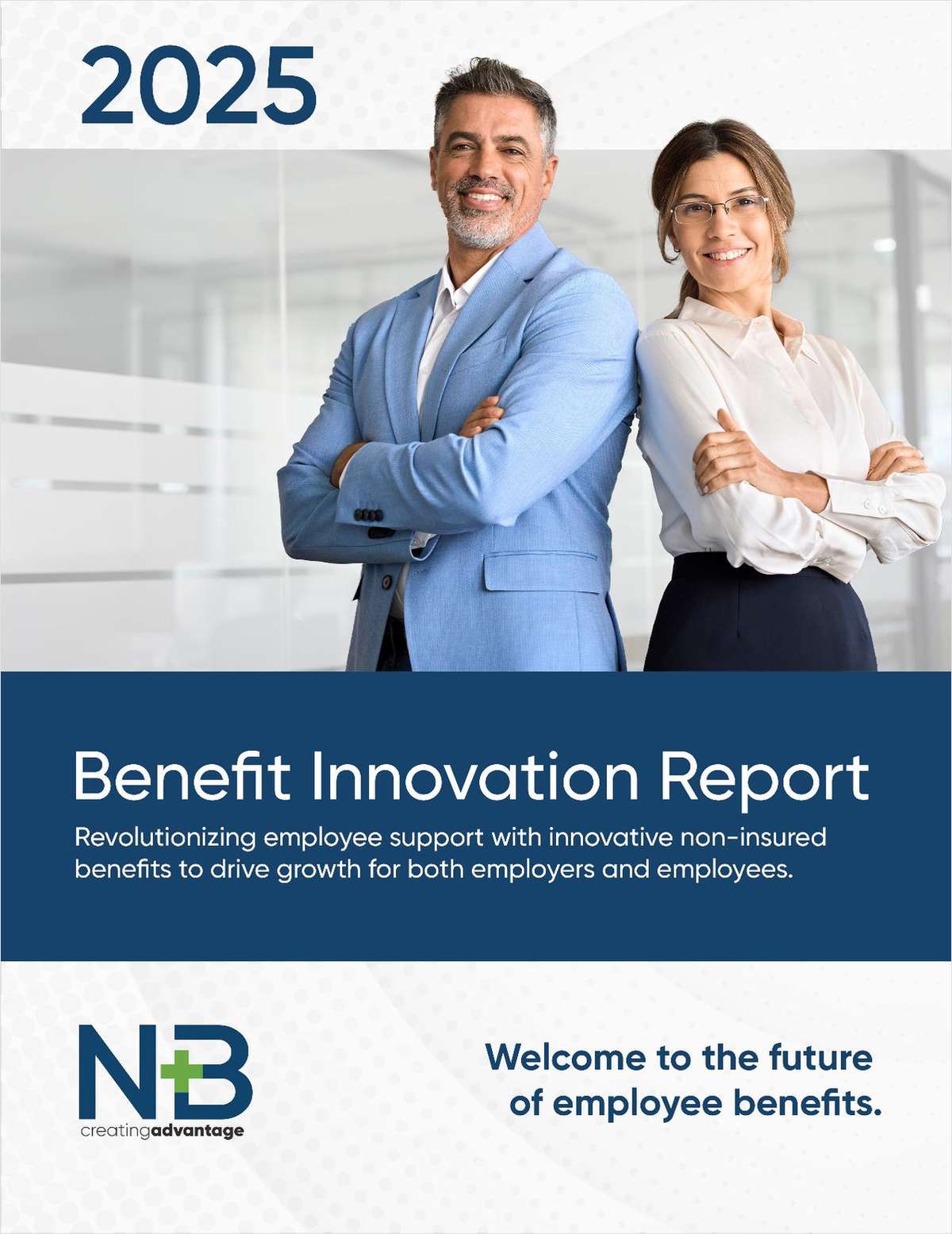Internet-connected sensors are increasingly making their presence felt in the business world. Because of their ability to continuously transmit data about users — in the home, at the workplace and on the go — the technology can potentially transform whole sectors of the economy. Sensor data is thus of keen interest to companies, not least those in the insurance space.
That interest helps to explain the growing number of studies on the topic. In its “World Insurance Report: 2016,” Capgemini explored the market implications of these new smart technologies — popularly known as the “Internet of Things” or IoT — particularly in relation to their youngest users: millennials.
Now comes a new study from Ernst & Young (EY) that also examines, albeit in greater depth, the potential and pitfalls of these “market disrupters” for insurers.
|Data for multiple disciplines
Sensor data, as defined by EY, includes data streams from a host of devices. Among them: personal technology like wrist watches and apparel; vehicles sensors that can track distance traveled, neighboring objects or braking activity; location-based sensors like smart thermostats, alarms and cameras; as well as geographical information systems, such as drones and satellites that can provide geophysical or topographical data.
Of particular relevance to life insurers, advisors and their clients is the first category — high-tech wearables like the Fitbit, Apple Watch and similar wristbands that can monitor one’s heart-rate, calories burned, steps walked and other physical activity. Notably active in this space is John Hancock, a unit of Canadian life insurer Manulife Financial.
As we reported in this area last April, John Hancock partnered with The Vitality Group, a provider of incentive-based wellness programs, to offer policyholders the opportunity to save on their annual premiums, earn rewards and discounts by taking steps to improve their health. As part of the program, policyholders receive personalized health goals and can log their activities using online and automated tools — including a free Fitbit.
A second example cited by EY is sensor data used in Allianz1, an offering Allianz Life Italy launched in February of 2015. A hit with Italian customers — more than 100,000 policyholders have signed on since — the innovative product combines, in a single policy, personalized P&C, life and health insurance coverage. Using a desktop PC or tablet, users can develop a tailor-made product based on “13 building blocks” from the three insurance lines.
For the P&C component, policyholders are given a telematics device that remotely monitors driving activity. That would allow Allianz to adjust premiums over the life of the policy (based on, say, a vehicle’s frequency of use and the owner’s safety record). Such tech-enabled dynamic pricing could yield increased sales and other dividends for insurers.
Allianz and John Hancock aside, how seriously are the industry’s carriers taking new-fangled solutions based on sensor data? And what will it take to tap the potential windfall of information available through Internet-connected devices?
To judge by the findings of the EY study, the industry recognizes the need for IoT solutions. A survey of senior executives at 1,782 organizations globally, including nearly 400 insurers, the report conveys a sense of urgency within company C-suites because the stakes — and the potential gains — are so great.
As they acquire unfiltered access to sensor data about customers, insurers will be able to be tailor products, features and pricing to customer preferences — and do so on a mass scale. That will translate to an improved ability to upsell and cross-sell products through agents or advisors and direct-to-consumer channels.
Intelligent, Internet-connected devices, the report notes, could also transform the insurance sales process by availing financial professionals of data to promote “healthier, more secure and safer living” to clients. By, for example, bundling a life insurance policy with a fitness or dieting regime and wearable device for monitoring health-related activity to reduce future premiums, the producer can add value to the customer engagement and increase client loyalty.
That value-add is not lost on C-level executives polled by EY. More than one-third of those (34 percent) surveyed say that (assuming customers agree to share data about themselves) wearable technology would be “most important for competitiveness” in their industry.
As to leveraging such data, insurance industry executives unfortunately lag behind colleagues in other sectors surveyed by EY (auto, telecom, and retail, among others). Relative to their peers, for example, fewer insurers are using predictive analytics software to better understand customers' life stages, preferences, values and wants.
The result is that insurers are at the bottom of the heap of seven industries surveyed when asked whether they are able to:
-
define strategies that optimize the long-term value of their product or customer portfolio (44 percent of insurance execs polled versus 56 to 64 percent for execs in six other sectors);
-
co-create and collaborate with customers for mutual benefit (39 percent vs. 51 to 62 percent, respectively); and
-
use insights from other new data sources to deliver more value to customers (36 percent vs. 46 to 54 percent).
According to the report, sensor data can help insurers tackle the top two business priorities of more than 3 in 10 industry execs: boost revenue and profits. The data may also be a godsend to the nearly two-thirds (or 66 percent) of industry execs who feel mounting “market pressure” to innovate.
But innovation will require big investments. That means, as the Capgemini report also indicated, there will need to be a revamping of outdated legacy information technology systems so they can use sensor data. They'll also have to hire data scientists to interpret the information gathered.
The carriers will additionally have to optimize pricing and incentives: Customers will only share sensor-based data about themselves if product pricing and financial incentives are sufficiently high. And, as EY notes, insurers must become “holistic” about how they procure and manage sensor data, an approach that may require supplementing internally sourced data with external data from outside partners.
|Eye on the crystal ball
But are they up to the task? Sensor-based data, the EY report notes, can fundamentally alter the insurance industry, giving new life to a sector that has long suffered from slow growth, low interest rates and rising regulatory demands. Meeting the challenge may require of industry execs as much of a shift in corporate culture as it will a technology makeover.
Carrier execs must, in sum, start thinking and acting like the agile, innovative mavens of the tech world they so often look to for inspiration.
Complete your profile to continue reading and get FREE access to BenefitsPRO, part of your ALM digital membership.
Your access to unlimited BenefitsPRO content isn’t changing.
Once you are an ALM digital member, you’ll receive:
- Breaking benefits news and analysis, on-site and via our newsletters and custom alerts
- Educational webcasts, white papers, and ebooks from industry thought leaders
- Critical converage of the property casualty insurance and financial advisory markets on our other ALM sites, PropertyCasualty360 and ThinkAdvisor
Already have an account? Sign In Now
© 2024 ALM Global, LLC, All Rights Reserved. Request academic re-use from www.copyright.com. All other uses, submit a request to [email protected]. For more information visit Asset & Logo Licensing.








